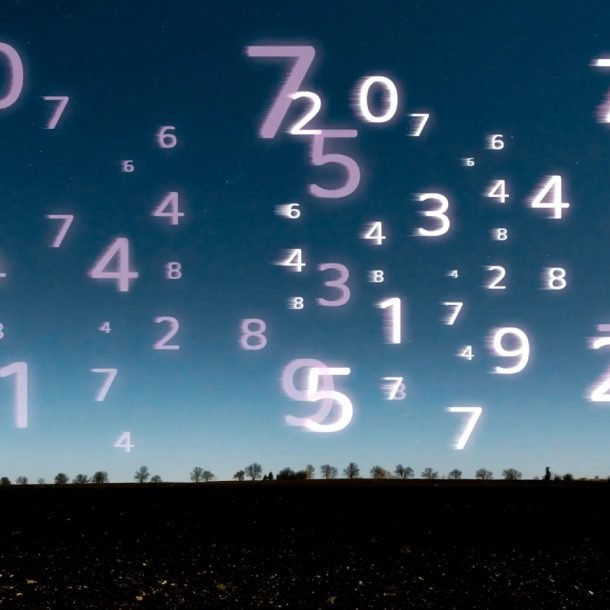
Parallelism is one of the most common errors tested on standardized tests, and debatably, one of the most tricky too! At times, due to the complexity of the sentence, we may not realise that elements should be in parallel; at others we may not realise that they should NOT be in parallel!
We see parallelism in many cases in GMAT. Some of them are:
– A list of elements
– Co-ordinating and correlative conjunctions such as “and”, “but”, “both … and…”, “either … or…” etc
– Stating a comparison such as “compared to A, B”
– Idioms involving elements in parallel such as “consider A B”
On the face of it, it seems quite simple and straight forward – all acting verbs or all nouns etc, but if a GMAT question focusses on it, it is bound to be more complicated than that. Parallelism depends on both, the form and the function of the words. Also, it is important to decipher the logic of the sentence – should the elements be in parallel in the first place? If yes, then which elements should be in parallel?
We also need to worry about when to repeat a particular word in all parallel elements and when not to. We know the thumb rule – either repeat in all or use only once in the beginning. But when is it a good idea to repeat the word in all elements?
Yes, it isn’t that simple after all!
But let’s answer all these questions using a couple of examples.
Question 1: It is no surprise that Riyadh, the Saudi capital where people revere birds of prey and ride camels regularly, is home to the world’s largest hospital for falcons, a place where falcons from all over the world are treated in operating rooms, an ophthalmology department, and a pox area, and to the largest veterinary clinic for desert mammals, a place where camels and other desert species are expertly cared for.
(A) an ophthalmology department, and a pox area, and to the largest veterinary clinic for desert mammals, a place where camels and other desert species are expertly cared for.
(B) an ophthalmology department, a pox area, and the largest veterinary clinic for desert mammals, where camels and other desert species are expertly cared for.
(C) an ophthalmology department, to a pox area, and to the largest veterinary clinic for desert mammals, a place where camels and other desert species are expertly cared for.
(D) to an ophthalmology department, and to a pox area and the largest veterinary clinic for desert mammals, a place where camels and other desert species are expertly cared for.
(E) an ophthalmology department and a pox area, and the largest veterinary clinic for desert mammals, a place where camels and other desert species are expertly cared for.
Solution: There are lots of commas and lots of different elements in the sentence.
Logically, we see that Riyadh is home to the largest hospital for falcons and to the veterinary clinic for desert mammals. It can’t be home to operating rooms, an ophthalmology department, and a pox area! These are places inside a hospital!
So then, here is the structure of the sentence:
It is no surprise that Riyadh, …, is home to A and to B.
A and B should be in parallel.
Within A, we have a list of elements too.
A – the world’s largest hospital for falcons, a place where falcons from all over the world are treated in X, Y and Z
X – operating rooms
Y – an ophthalmology department
Z – a pox area
B – the largest veterinary clinic for desert mammals, a place where camels and other desert species are expertly cared for
Therefore, to show parallelism between A and B, we have used “to” with both to show the beginning of the parallel elements. This separates them from the other set of parallel elements – X, Y and Z.
Note that only option (A) satisfies these conditions and hence is the correct answer here.
Takeaways
– The first thing to do is to figure out the logic of the sentence to see which elements should be in parallel and which shouldn’t.
– After that, put those that need to be in parallel. We might need to repeat certain words to signal the start of parallel elements when we have other intertwined lists too.
We will leave you with a question now. We will discuss it in detail in another post.
Question 2: Geologists believe that the warning signs for a major earthquake may include sudden fluctuations in local seismic activity, tilting and other deformations of the Earth’s crust, changing the measured strain across a fault zone, and varying the electrical properties of underground rocks.
(A) changing the measured strain across a fault zone, and varying
(B) changing measurements of the strain across a fault zone, and varying
(C) changing the strain as measured across a fault zone, and variations of
(D) changes in the measured strain across a fault zone, and variations in
(E) changes in measurements of the strain across a fault zone, and variations among